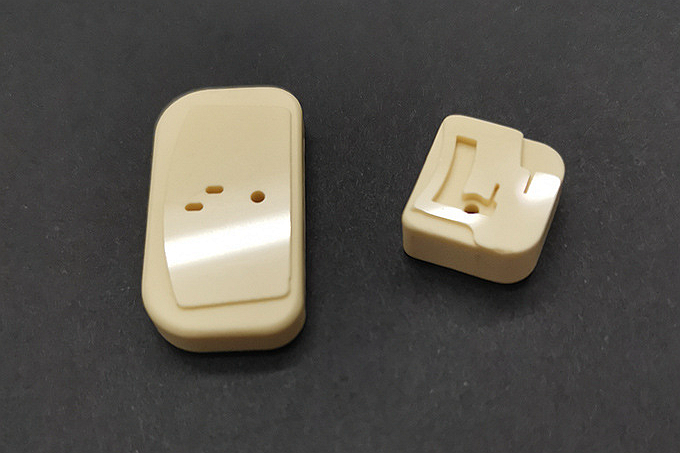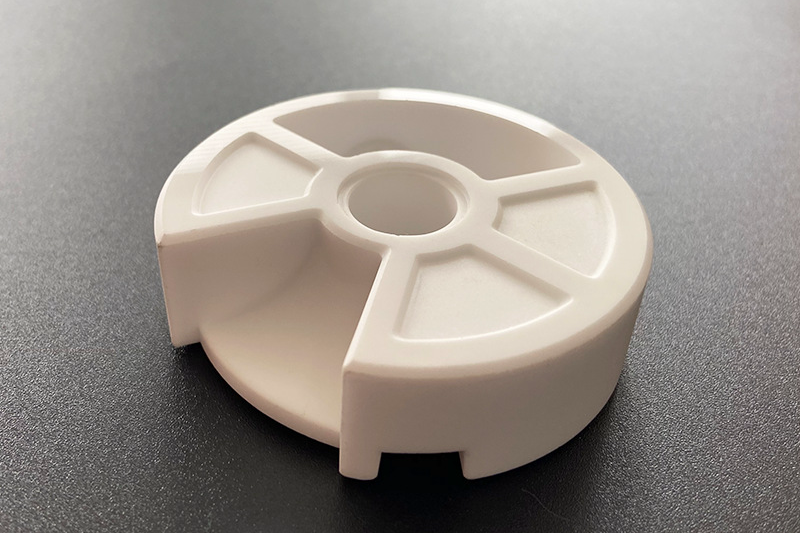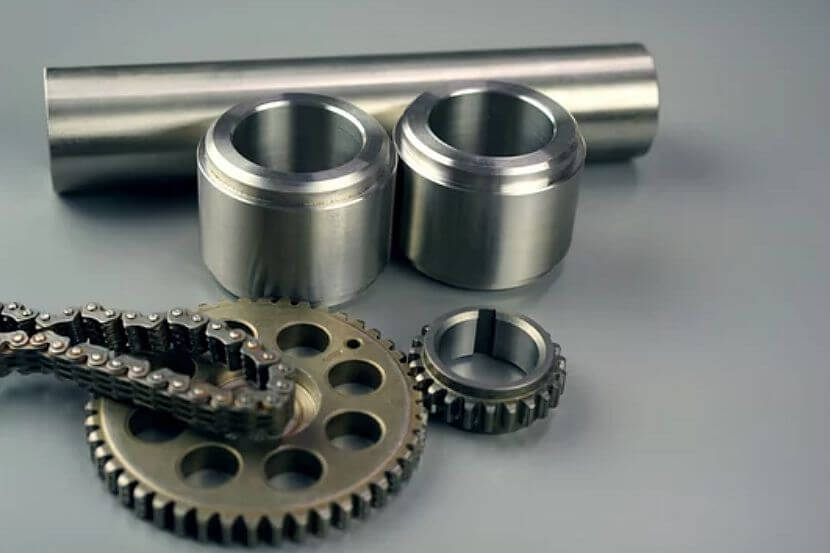What support does Neway offer from optical simulation to prototype beam validation?
Neway provides full engineering support for optical components—from simulation and material selection to prototype manufacturing and beam validation—ensuring that high-performance optics meet both functional and manufacturability requirements. This integrated workflow is essential for lighting solutions, consumer electronics, and telecommunication hardware where optical efficiency, uniformity, and durability are critical.
Optical Design and Simulation Capabilities
Neway assists clients in defining beam angle, illuminance uniformity, light distribution patterns, and efficiency targets. Using optical simulation software, virtual lens and reflector geometries are optimized before manufacturing. Material properties such as refractive index, transmission wavelength, and thermal expansion are selected to match real manufacturing processes like plastic injection molding or ceramic injection molding. Optical simulations also consider thermal dissipation requirements and housing constraints for integration with aluminum die casting or sheet metal fabrication.
Prototype Manufacturing and Early Validation
Once the design is confirmed virtually, Neway produces functional prototypes through 3D printing prototyping or CNC machining prototyping. This allows evaluation of optical clarity, surface behavior, and lens geometry. For early production testing, soft tooling in plastic injection molding or CIM is used to generate near-production samples. Critical dimensions and surface profiles are measured to ensure alignment with simulation output.
Beam Pattern Testing and Performance Validation
Beam validation is performed using controlled light source and detector setups. Neway measures luminous intensity distribution, hot spots, stray light, and color uniformity across the beam profile. Thermal behavior is tested simultaneously, with substrate materials such as alumina CIM or A380 aluminum used to stabilize heat paths. Data is compared directly with simulation results, enabling rapid adjustment of geometry, wall thickness, or lens material to meet beam specifications.
Surface Finishing and Protective Coatings
To enhance optical quality, surface roughness is minimized using advanced polishing and refined mold textures. For weather resistance or reflection control, PVD coatings or Teflon coatings may be applied depending on application environment. Lenses destined for outdoor housings integrate with heat sinks produced using aluminum die casting or sheet metal fabrication, ensuring reliable beam characteristics through temperature cycles.
Design for Manufacturing and Process Stabilization
Neway supports clients in transitioning from prototype to production by refining gate locations, mold flow, and venting design to ensure defect-free optical surfaces. Material process windows and assembly interfaces are optimized to guarantee repeatable optical performance at volume. Statistical process control and metrology verification ensure that beam characteristics remain consistent across batches and production cycles.



